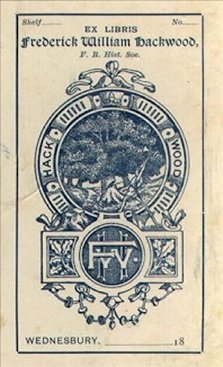
|
These are some notes transcribed from "Sedgley Researches" (published in 1898) by Frederick William Hackwood - born 1851 in Wednesbury, Staffordshire, died 1926 in London.
The Court House although now used as a licensed public house, was originally built as the name implies as a Court, the house where the Lord of the Manor and tenants could meet, it was built by Lord Dudley. The last court case was held in 1925. It was also here that the meeting of the Boundaries Commission was held on the 13th April 1867 that Coseley became a separate urban district.
There was a yard close by, adjacent to the church where stray animals could be impounded by the local constable.
In the area were 4 windmills which were used to grind corn:
- The old mill at Ruiton
- The new mill at Ruiton
- The mill at Sandyfields
- The mill at Coseleighe Moor
(sic)
|
 |
(The latter locality was an area of pastureland or untilled ground adjacent to St Chad's Church and the housing developement now know as the Bramford Estate)
A Charter from Ethelred in 985 AD shows the spelling of Sedgley as Secge's Leagy and in the 13th Century Hurst Hill was know as Hurstmoor, it was then an area of moorland and forest.
Willingsworth Hall, which has now entirely disappeared, was in Sedgley parish. The mines, furnaces, and other works have obliterated nearly all traces of this ancient residence. An old tale used to associate some mysterious subterranean passages. It is stated that "Lord Dudley's father was born there, his mother being a Parkes." The lady thus referred to was Anne Parkes who, in 1672, was married to William, second son of Baron Ward of Birmingham. She was a granddaughter of the Richard Parkes, Esq., of Willingsworth (otherwise Parkshouse), who in 1607 purchased the Manor of Sedgley from the Earl of Arundel. Richard Parkes himself did not appear to have lived in the Hall, for on July 15th, 1604, he let it on a lease to Humphrey Bradley.
| Search the whole Sedgley site |
 |


